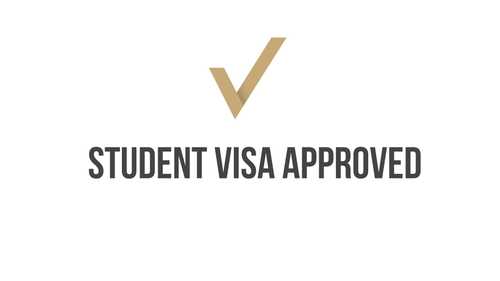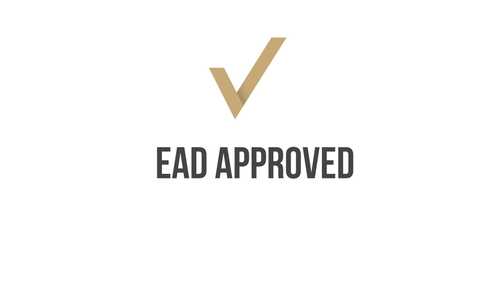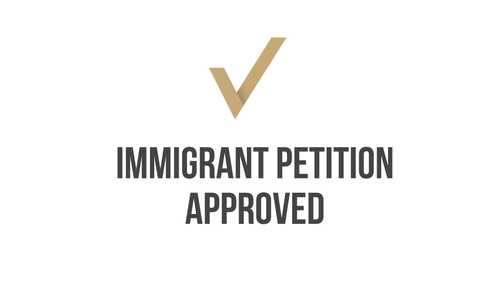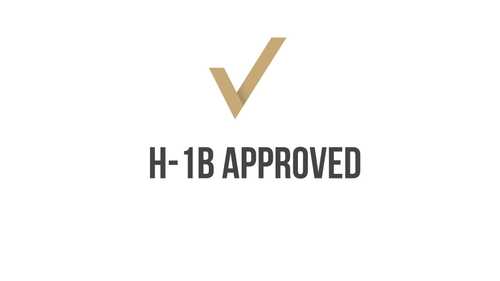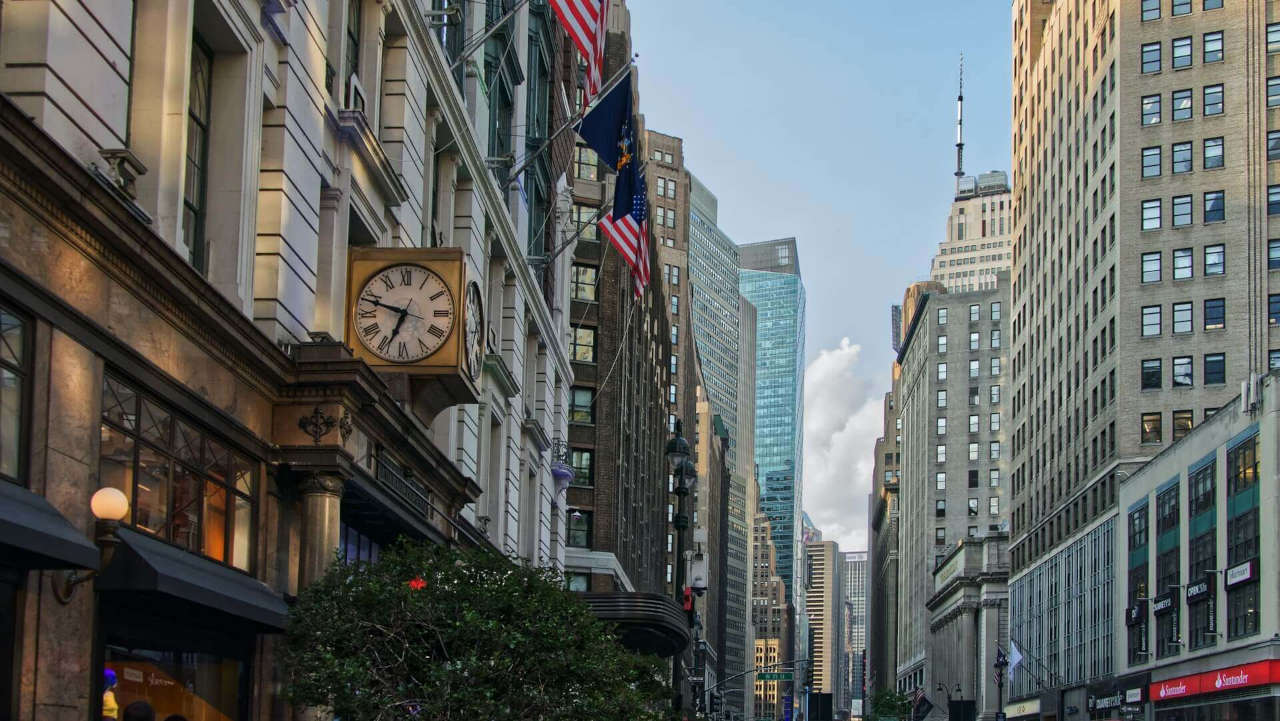

L-1 Visa Lawyer Services
This is our dedicated L-1 visa lawyer services page. Below you will find information about the L-1 visa process, requirements, processing times, and advantages. As part of my L-1 visa lawyer services I will assist you with your L-1 visa application and guide you through your entire L-1 visa application process.
Talk to a Lawyer
5.0-star rated company
based on 246 customer reviews on Google
L-1 Visa Testimonials
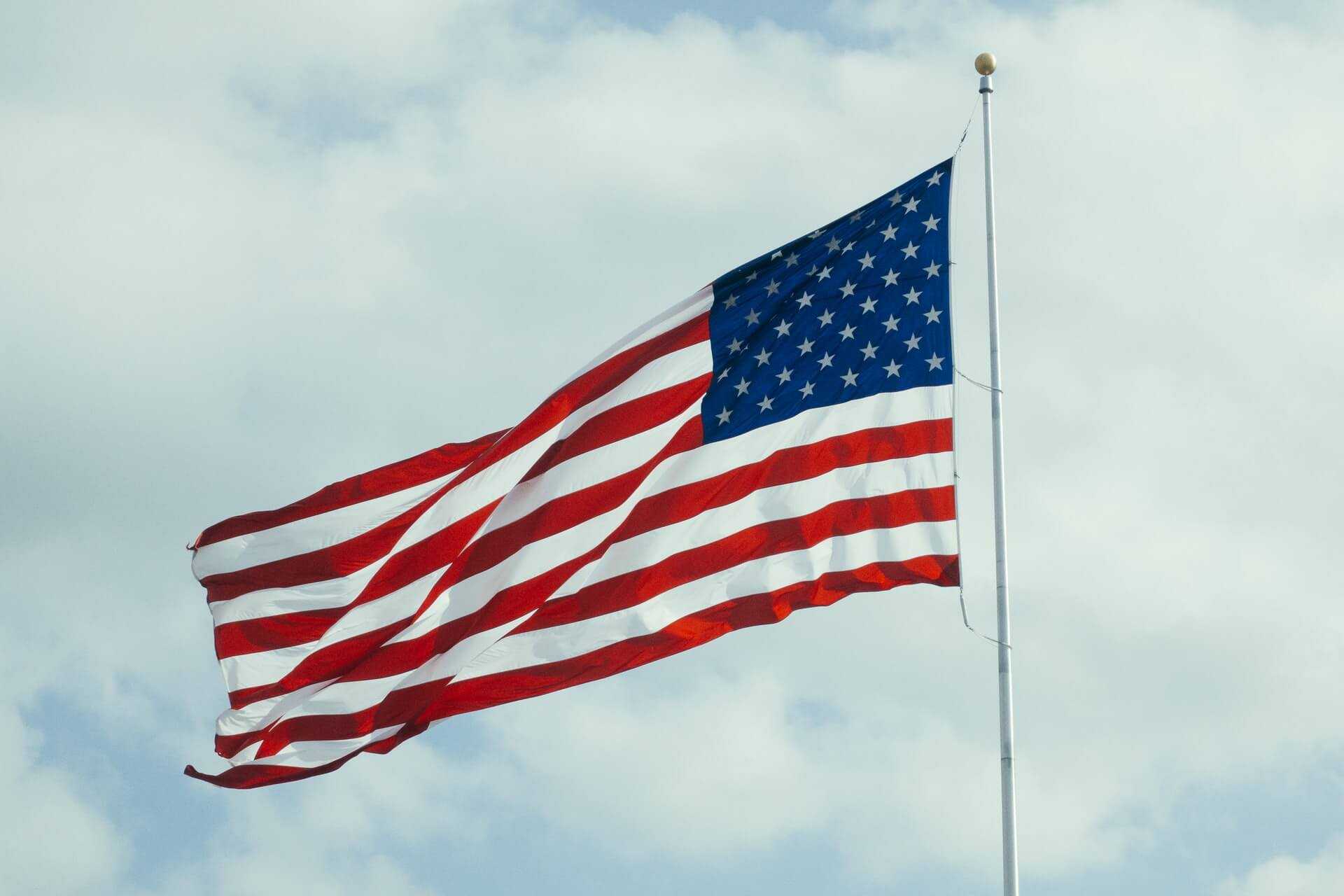
What is an L-1 visa?
Generally, the L-1 visa is used for intercompany transfers of employees, but it can also be a great investor visa solution for individuals wishing to start a business in the United States. The L-1 visa allows foreign companies that have established a subsidiary or affiliate company in the United States to relocate their managerial or executive staff or employees with specialized knowledge for a temporary stay in the United States. The L-1 visa is also a great option for foreign business owners who wish to relocate to start a new business in the United States. Such investors can apply for an L-1 new office visa as a manager or executive who will relocate to the United States to establish a new US branch office or a new US affiliate company.
If you would like to obtain more information about the L-1 visa program, please see below explanation of the requirements and the L-1 visa process. If you are wondering whether you qualify for an L-1 visa, as an experienced L-1 visa lawyer, I would gladly provide you with my honest assessment of your case and give you a recommendation about your next steps.
L-1 visa advantages
The L-1 visa is one of the most desirable investor and business visa solutions due to its many advantages and few limitations compared to other visa categories. Below is a summary of the L-1 visa advantages:
There is no limitation on the number of L-1 visas issued per fiscal year. This means that there is no quota limit as there is with some nonimmigrant visa categories, such as the H-1B. An L-1 visa applicant may apply for an L-1 visa any time of the year.
The L-1 visa program allows the visa holder to bring her spouse and unmarried children under 21 to the United States. Family members are classified as dependents and are issued an L-2 visa. The great advantage of the L-2 dependent visa is that it allows the spouse of an L-1 visa holder to obtain an Employment Authorization Document (EAD). This allows the L-2 spouse to work in the United States. This is a big advantage comparing to other nonimmigrant visa categories, such as the H-1B, which do not permit spouses of the principal visa holder to work in the United States. Unmarried children under 21 may obtain an L-2 dependent visa and enroll in school in the United States. To find out more about the L-2 dependent visa, please see the L-2 visa section below.
One of the biggest advantages of the L-1 visa is that it is a dual intent visa. This permits L-1 visa holder to apply for permanent residence in the United States without additional hurdles faced by other nonimmigrant visa holders. If you are an L-1 visa holder and working as a manager in the United States, you may also qualify for an EB-1 multinational manager green card. As part of our L-1 visa lawyer services, we represent individuals through both the L-1A manager visa and EB-1 multinational manager green card processes.

L-1 visa requirements
To qualify for an L-1 visa, the applicant must meet all the requirements. Please see below a summary of the L-1 visa requirements for intracompany transfers of employees, and requirements for investors who wish to establish an office or a branch of their company in the United States.
Qualifying relationship with foreign company
According to the L-1 visa program rules, there must be a qualifying relationship between the foreign company that initiates the petition and the US company where the L-1 visa applicant will work. A “qualifying relationship” means that you must prove that your US company is a subsidiary, branch, or other affiliate of your foreign company. Two companies will be considered “affiliates” if they share the same control group.
Doing business both in the United States and abroad
The L-1 visa rules require that your company be doing business in both the United States and a foreign country for at least the duration of your L-1 visa stay. The term “doing business” means the “regular, systematic, and continuous provision of goods and/or services.” Establishing an office or the presence of an agent alone will not be considered “doing business” and will not meet this L-1 visa requirement.
For L-1A Managers - Employed as a manager or executive in foreign company
To qualify for an L-1A visa, the applicant must have worked in a managerial or executive capacity for the foreign company for 1 continuous year within the last 3 years immediately preceding admission to the United States in L-1A status.
For L-1A Managers - Employed as a manager or executive in US business
The L-1 visa rules require that the L-1A visa applicant enter the United States to work in a managerial or executive capacity. The L-1A visa holder will be required to work for the US employer in a managerial or executive capacity for the duration of her stay in L-1A status. While the US company may hire additional managers to operate the US business, the L-1A manager cannot hold a completely hands-off role in the US company.
L-1B Specialized Knowledge - Employees must demonstrate specialized knowledge
To qualify for an L-1B visa, the applicant must have worked for the foreign entity for 1 continuous year within the last 3 years. The L-1B visa applicant must also demonstrate that she is seeking admission to the United States to work in a specialized knowledge capacity for the US entity.
Physical premise requirement for L-1A new office applications
In order to qualify for an L-1 visa, you must prove that your US company has secured sufficient physical premises for its US operation.
Ability to support executive or managerial position for L-1A new office applications
According to the L-1 visa rules, if you are applying for an L-1A new office visa, you must demonstrate that your new US operation will grow to a sufficient size to support an executive or managerial position within 1 year of approval of your L-1 visa application.
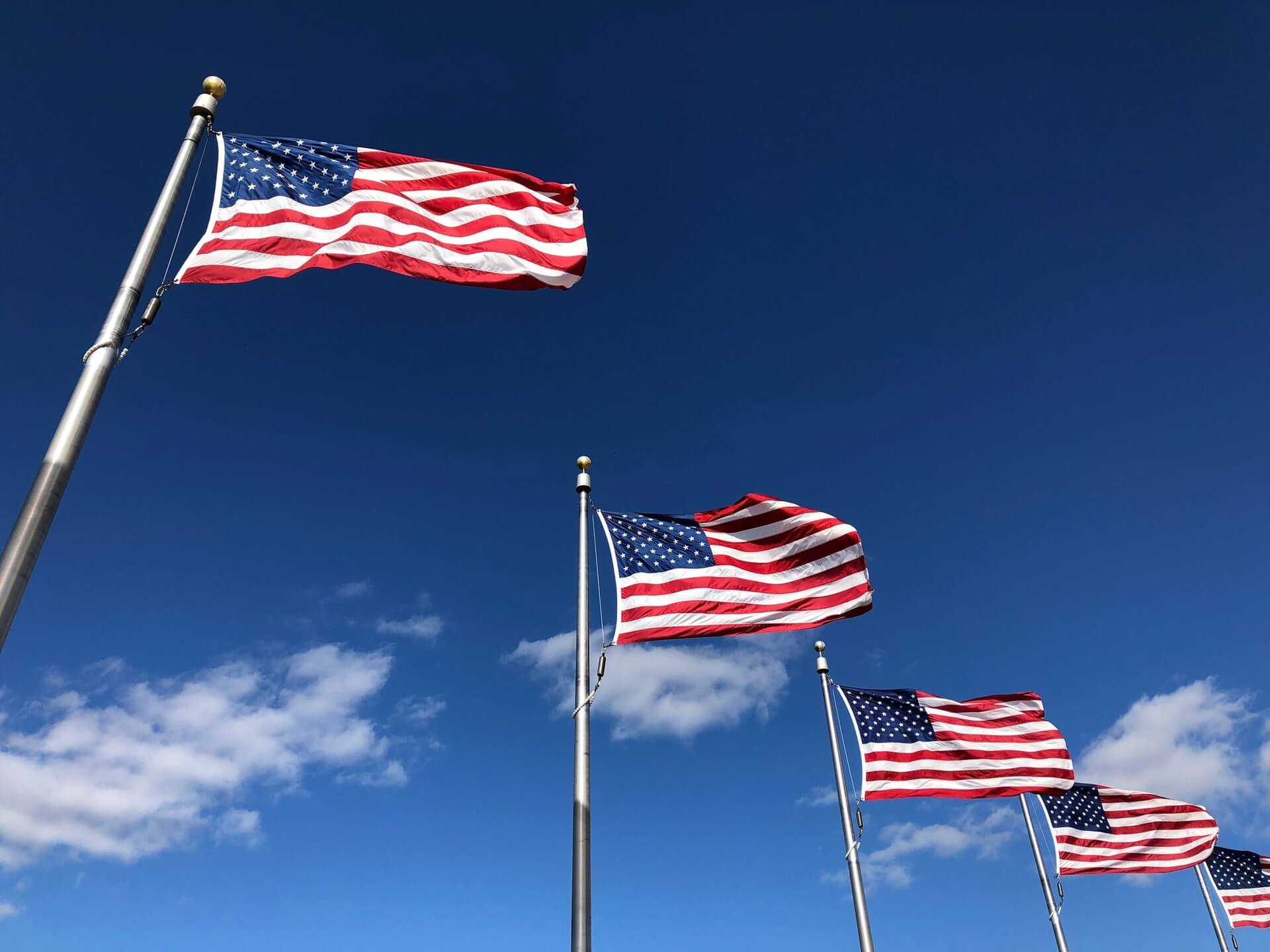
Difference between an L-1A and L-1B visa?
The two types of L-1 visas are the L-1A and L-1B visa.
The L-1A visa is granted to individuals employed asmanagers or executives at the foreign entity who enter the United States to work in the same capacity in the company’s US office. If the company does not have any branches or affiliates in the US, it can still benefit from an L-1A visa by sending a manager or an executive to establish a new office in the United States.
Having the title “manager” does not immediately qualify someone for an L-1A visa. According to the L-1 visa rules, to qualify as a manager, an individual must be: (1) head of a key department within the business entity; (2) supervisor of higher-level workers in professional, managerial or supervisory capacity within the business entity; (3) authorized to hire, fire and promote employees within the business entity; or (4)manage the day to day operations of the business entity.
To qualify as an “executive” under the L-1 visa rules, you must show that the individual: (1)directs the management of the business entity; (2) establishes the policies and objectives of the business entity; or (3) supervises high-level employees and only receives general supervision from higher level executives of the business entity.
In contrast to the L-1A visa, the L-1B visa is granted tospecialized knowledge employees who have an extensive comprehension of the company’s services, products, research and other important proprietary information. As an L-1B visa applicant, you must demonstrate your specialized knowledge and why the US entity needs your services in this specialized knowledge capacity.

L-1 visa application process
There are two ways to apply for an L-1 visa: regular application process and a blanket petition.
Regular L-1 visa application process
- Submitting Form I-129, Petition for a Nonimmigrant Worker
First, the US entity must submit an L-1 petition on Form I-129, Petition for a Nonimmigrant Worker, with USCIS. A USCIS officer will review the petition and make a decision whether the company and the beneficiary meet the L-1 visa requirements. Processing times for L-1 visa petitions range from 6 to 8 months. The sponsoring L-1 visa company can request premium processing service for the L-1 petition which guarantees a response from USCIS in 15 days.
- Submitting Form DS-160, Nonimmigrant visa application
If the L-1 beneficiary is outside the United States when the L-1 petition is approved with USCIS, she will need to submit Form DS-160, Nonimmigrant Visa Application, with the nearest US Consulate or Embassy. The consular officer will review the application and conduct an interview to assess whether the applicant meets the L-1 visa requirements. Once the consular officer approves the application, USCIS will issue her an L-1 visa, which she can use to enter the United States and start her employment.
L-1 visa application through blanket petition
The blanket petition option allows companies to transfer several employees to the United States with only one L-1 visa petition. The main difference is that the company files one L-1 blanket petition explaining its need to transfer numerous workers from its foreign operations to the United States. Once the L-1 blanket petition is approved, the US petitioner sends each applicant the blanket L-1 visa approval notice along with a completed Form I-129S. The L-1 visa applicant can immediately apply for an L-1 visa at the nearest US Consulate or Embassy using the blanket petition approval notice and Form I-129. This process is significantly faster than having to file separate L-1 petitions for each employee.
Please keep in mind, the L-1 visa blanket petition option is only available to companies that meet certain requirements. The blanket L-1 visa requirements are:
- The petitioner is engaged in commercial trade or services;
- The petitioner must have an office in the United States that has been in operation for at least one year;
- The petitioner must have at least three other domestic and foreign branches or other affiliates; and
- The petitioner and the foreign entity meet one of the following criteria:
- The petitioner must have at least 1,000 US employees;
- The petitioner and its affiliates must have combined annual revenue of at least $25 million; or
- The petitioner must have successfully been approved for at least 10 L-1 visa approvals in the 12 months prior to filing the blanket petition.
As part of our L-1 visa lawyer services, we will assist you with your L-1 visa application, guide you through your entire L-1 visa application process and advise you every step of the way.
L-1 visa duration
The maximum duration granted for an L-1A visa is 7 years and for L-1B visa the maximum allowed stay is 5 years. Generally, U.S. Citizenship and Immigration Services (USCIS) issues L-1 visas for an initial 3-year period. The L-1 visa holder can then apply for an extension in 2-year increments until the maximum time is reached. This means that an L-1A visa holder may extend her visa twice until the maximum allowed stay is reached, and an L-1B visa holder may extend her visa only once until the maximum L-1 visa stay is reached.
In the case of a new office L-1A petition, the initial stay is limited to 1 year. A new office L-1A visa holder may also extend her visa in increments of 2 years until the maximum stay of 7 years is reached.
L-1 visa processing time
Generally, the L-1 visa processing time depends on USCIS’s workload and the country in which the L-1 visa applicant submits her application. Usually, the processing time for the L-1 petition (Form I-129) takes approximately 6 months. The processing time of the L-1 visa application (Form DS-160) at a US Consulate or Embassy can take anywhere from 2 to 6 months, depending on the workload of the Consulate or Embassy.
USCIS offers a premium processing service which guarantees a response to the L-1 visa petition within 15 calendar days. The cost for the premium processing service is $1,440 and it does not guarantee that the L-1 visa application will be approved. If USCIS takes longer than 15 calendar days to process the L-1 visa application, USCIS will reimburse the filing fee.
L-1 visa extension process
Generally, the L-1 visa holder needs to meet the following requirements to obtain an L-1 visa extension:
- Valid L-1 visa status when filing for the extension;
- Clean criminal record throughout the stay in the United States;
- Valid passport for the rest of the extension period in the United States;
- The L-1 visa holder must have complied with all the conditions of admission into the United States from the time of the initial L-1 visa application.
The L-1 visa extension process is similar to the initial L-1 visa application process. The L-1 petitioning company files Form I-129 with USCIS. If the L-1 visa holder is in the United States, she can apply for an extension of status in the United States. If she is located outside the United States, she may apply for a new L-1 visa at a US Consulate or Embassy.
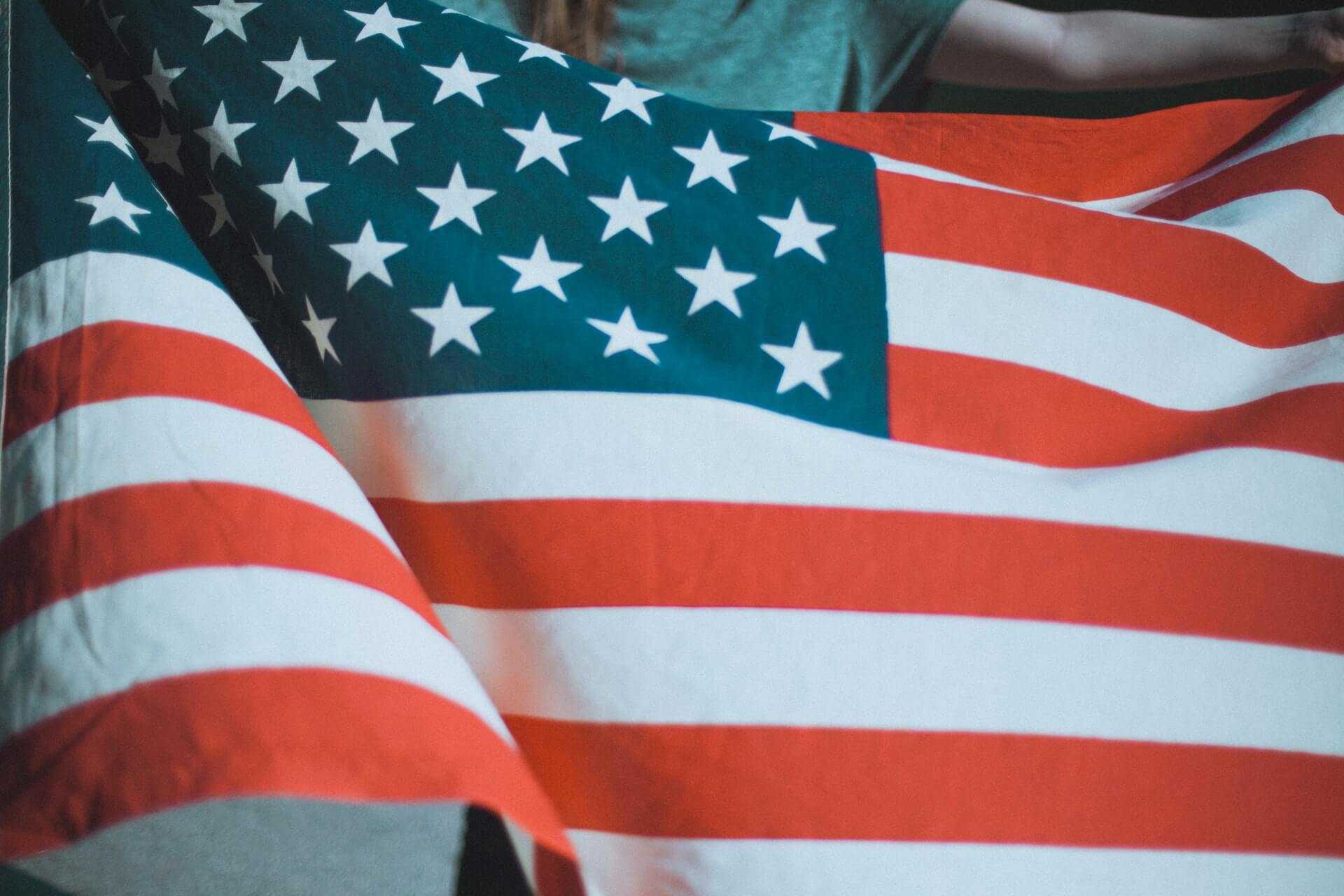
What is an L-2 visa?
Spouses and unmarried children under 21 of L-1 visa holders can also benefit from the principal applicant’s L-1 visa status. Spouses and unmarried children under 21 of L-1 visa applicants are eligible to apply for an L-2 dependent visa and travel to the United States along with the principal L-1 visa applicant. The L-2 visa applicants may apply for their visa at the same time as the principal L-1 visa applicant so that they can relocate to the United States together.
Spouses of L-1 visa holders who hold valid L-2 status may apply for an Employment Authorization Document (EAD). This document permits L-2 spouses to work in the United States without the need for an employer sponsor.
The L-2 visa has the same initial and maximum duration periods as the principal L-1 visa. This means that the spouse and children under 21 of an L-1 visa holder will be allowed to remain in the United States for the same period as the principal L-1 visa holder. The spouse and children under 21 of an L-1A visa holder should be admitted for an initial period of 3 years and may extend their L-2 visas in 2-year increments for a maximum of 7 years. Similarly, the spouse and children under 21 of an L-1B visa holder should be admitted for an initial period of 3 years and may extend their L-2 visas one time for 2 years for a maximum stay of 5 years. L-2 visa holders will not be granted an automatic extension based on the L-1 visa holder’s status. L-2 visa holders must apply for an extension of their status before the expiration of their authorized period of stay in L-2 status.
Adrian Pandev
As the principal attorney at Pandev Law, I have helped hundreds of foreign individuals and companies successfully navigate their journey to the United States. Previously, I served as Trial Attorney at the U.S. Department of Justice. Now, I represent foreign investors, founders, and high-net-worth-individuals in business, immigration, and wealth planning matters. I am an early proponent of blockchain technology and serve as strategic advisor to blockchain startups and cryptocurrency investors. Selected to the Super Lawyers New York Rising Starslist 2019-2021. Follow me on Twitter, LinkedIn, or Instagram.
As featured in
Pandev Law provides the following legal services
Our Locations
Copyright Pandev Law, LLC © 2025









